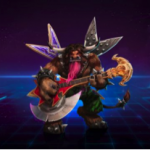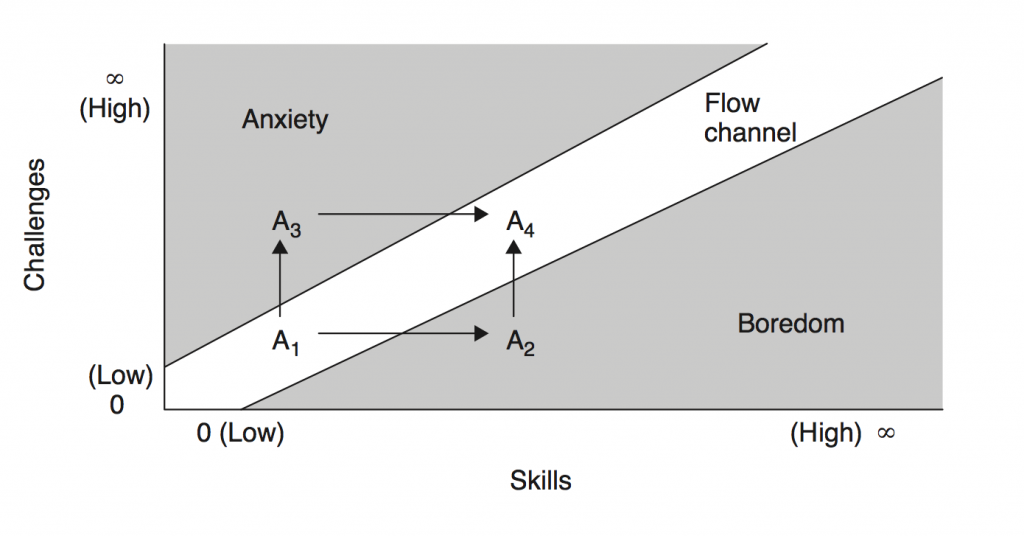Over the last decade we have seen enormous growth of social games and gamified social apps. With the Internet touching every corner of the world, the value of establishing online communities has become clear to Game and Gamification producers. More and more projects are being pressured to include a social component in their products.
This trend has been quite apparent in Implicitly Gamified media like Twitter, Facebook and Pinterest. Implicit Gamification happens when a site or app embodies game elements that are invisibly motivating people to do desired actions in that platform.
The push for ‘socialization’ is also apparent in games itself as well as in Explicit Gamification”, where the experience is more like a proper game environment. Clan Wars in Clash of Clans and Foldit are good examples of socialization in both categories.
Creating Social Influence and Relatedness (Octalysis Core Drive 5) is a great intrinsic long-term motivator for users of your experience. However, not many designers get the art of crafting a social community right. Often their products leave users confused or disengaged. Here we will discuss how to prevent this from happening!
Adjusting the Social Difficulty Curve to each User
In Octalysis we explain the need to ensure that an experience is designed differently for all 4 Experience Phases of a Player’s Journey (Discovery, Onboarding, Scaffolding and End Game). The user experience of your product is very different the first time that a user uses it, compared to , say, the 50th time they log in. This has a lot to do with the level of ownership, knowledge and skills that the user has at various stages of the experience.
For our understanding of skills and challenges it is useful to revisit Hungarian psychologist Mihaly Csikszentmihalyi’s Flow concept. Flow is the state where (perception of ) skills and (perception of) challenges are fully in tune with each other. In this state (shown in the image below as the white channel), a user feels secure, accomplished and fully motivated to be in the experience.
In Octalysis Gamification we achieve this by designing the right push and pull motivation into the experience. The user feels neither anxious nor bored and can focus fully on achieving our targeted desired actions.
So what has Social Community building have to do with this? To answer that question we need use a related concept (invented by leading game designers): the Social Difficulty Curve. We prefer to call it the Social Difficulty Channel in analogy with the Flow Channel in the Flow concept.
Our need for Social Influence and Relatedness is a deeply rooted Intrinsic Motivation and human beings are motivated by it whether they get a reward for it or not (many people actually pay to get in social clubs for example). However, when people just join an experience you cannot assume that new users already have the skills, knowledge and confidence to socially interact with communities in any meaningful way yet.
For that it is important that we sequence the introduction of our social community components, while simultaneously building social skills for our users.
Let’s find out how to do that best!
Social Difficulty Sequencing
We will now go through the stages of social skill progression starting with introducing users to social systems and offering rewards and incentives to engage them socially. The objective is to level the user up from being a solo-player to a community hero!

In the Onboarding phase of our experience, the user is just getting its head around to learning the rules and mechanics of the game. There is absolutely no benefit in, or need for, distraction by other users at this stage. Bombard people with group messages, invites for guilds or group quests at this stage is not recommended! You risk social interaction anxiety and dropout of some of your users. Just let them get used to the experience, build up some appreciation for the ‘game’ as such. That’s it. Nothing else.
Step 2: Impersonal Interaction
Once users know what the rules of the game are and have taken its first mini-steps towards the longer Player Journey, they are ready for a slight increase in the Social Difficulty Curve. Think of introducing some early social interaction that requires only a minimum of communication with others. ‘Liking’, ‘commenting’, ‘voting’ are good examples of early social interaction that builds up social skill and confidence. We are keeping the user in that cushy Social Difficulty Channel, remember?
We are now well into the Scaffolding Game of the experience (this phase is where the path to Mastery takes shape in our Player Journey) and we can slowly add more complexity into our social designs. This is where users check out other users in the game and start to receive and send invites to other users. In MOBA’s (Multiplayer Online Battle Arena’s, like League of Legends) players at this stage start to signal map objectives to other players for example.
Finally, the user will be ready to join a Group/Guild and join Group Quests. Make sure that these initial quests still require only low-level social difficulty. Maintain minimal communication requirements and give users enough tools and hints to do the desired actions to complete the quest. After the first quest has been completed, gradually increase group activity challenges and have the user commit to regular group quests.

At this stage your users are seasoned social activists and the design can now ease up on trying to push them to join social activities. Focus on creating opportunities for social play and fun and make them feel really accomplished and socially empowered by designing for Core Drive 3: Empowerment of Creativity and Feedback. At this stage we fully want to engender a feeling that users ‘own’ the experience. It should be so good that they feel they are doing things they could not even imagine they were capable of.
This stage is also ideal for reemphasizing Core Drive 1: Epic Meaning and Calling, and trying to reinforce group identity and feelings of elitism within the group. Also, users should now be allowed to build their own groups and lead newer users, further adding to a sense of Meaning and Calling as well as Core Drive 4: Ownership and Possession.
Always ensure that there is enough mystery left to drive Core Drive 7: Curiosity and Unpredictability. If users get the feeling that ‘they have seen it all’ they may drop out fast. Please note, though, that at this stage they will have invested so much time in the experience that Core Drive 8: Loss and Avoidance motivation kicks in. Especially the feeling that they cannot back out anymore because of all the work they have done to get this far (also called Sunk Cost Tragedy). This is especially true if they have become Group Leaders, and you want to ensure that your product has a solid number of these highly active and influential users.
Rewards to guide Social Sequencing
So how do we incentivize users to go from Step 1 to Step 3? In Octalysis Gamification, incentives and rewards are connected to Win-States in the experience. Social Sequencing should be aligned with this principle. Often the best rewards that we can give are Boosters: rewards that upgrade your power to do things in the game. So make sure that social community activities lead to these kinds of rewards.
Some examples:
- Working with your group makes it easier to achieve victories, either in achieving milestones or in competing with other groups. Be careful about creating too much competition though as not all users are motivated by it!
- Group activities make you level up faster and get higher status in the experience
- Group Quests lead to finding more Easter Eggs (unpredictable rewards) or Mystery Boxes (you know what to do to get these, but you don’t know what you will get).
There are many more rewards we can think of, of course. The main reward is often just leading or being part of a group itself.
Conclusion
See? Social Difficulty Sequencing and getting users in the Social Difficulty Channel is, well, difficult! No wonder many designers try hard but just don’t reach their goals. Luckily the Octalysis Framework offers a good starting point for our efforts and to make the whole process of crafting it much much easier.
Should you want our in-depth assistance and build on our successful track record of building great Gamification products that include a fun and engaging social community aspect, please contact us:
Joris Beerda joris@octalysisgroup.com
Yu-kai Chou yukai@octalysisgroup.com





